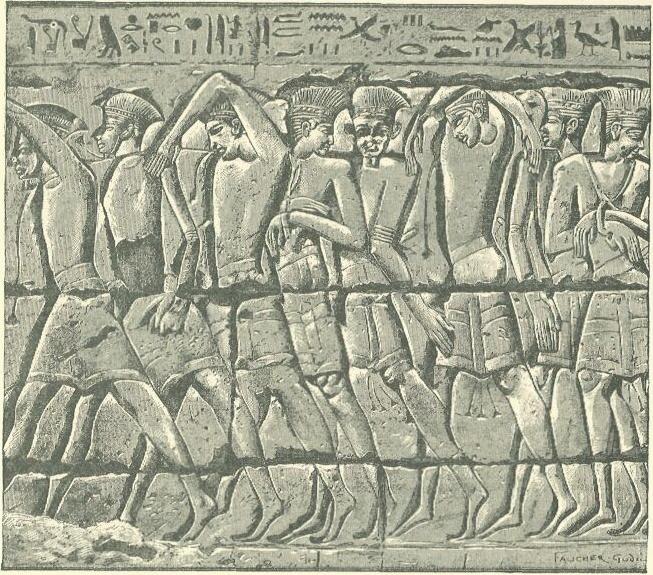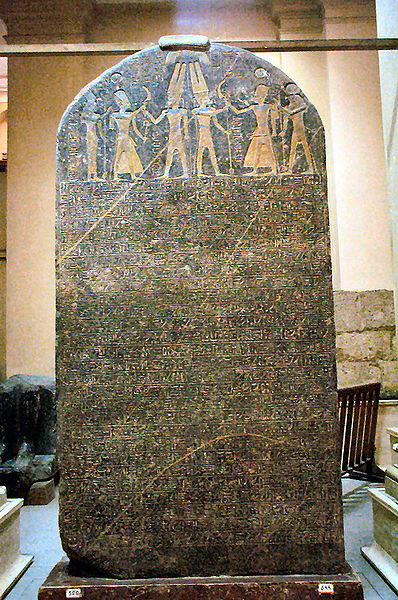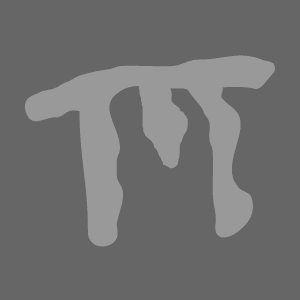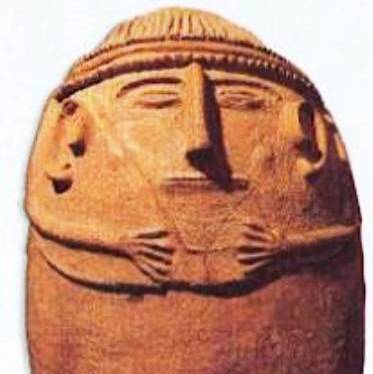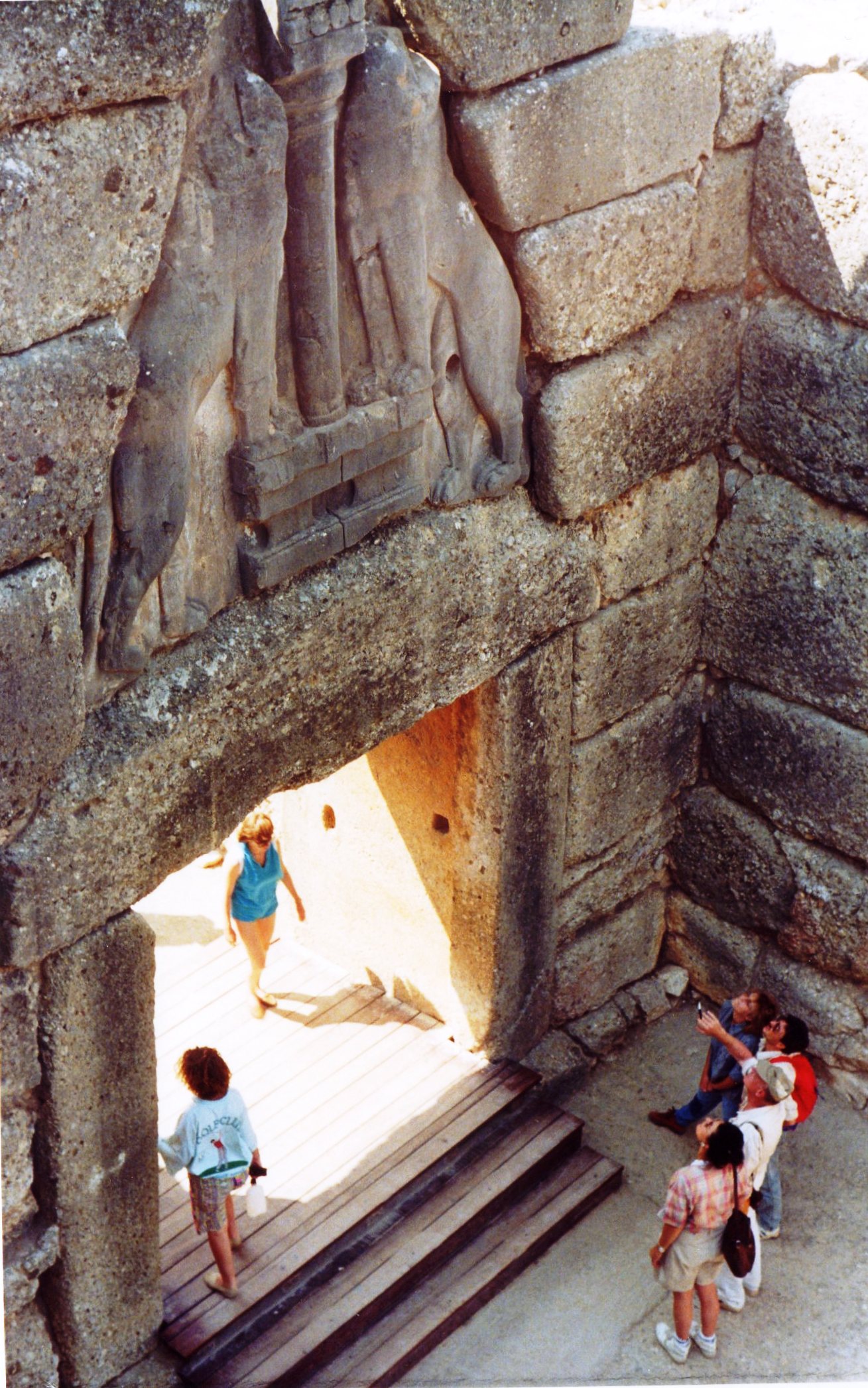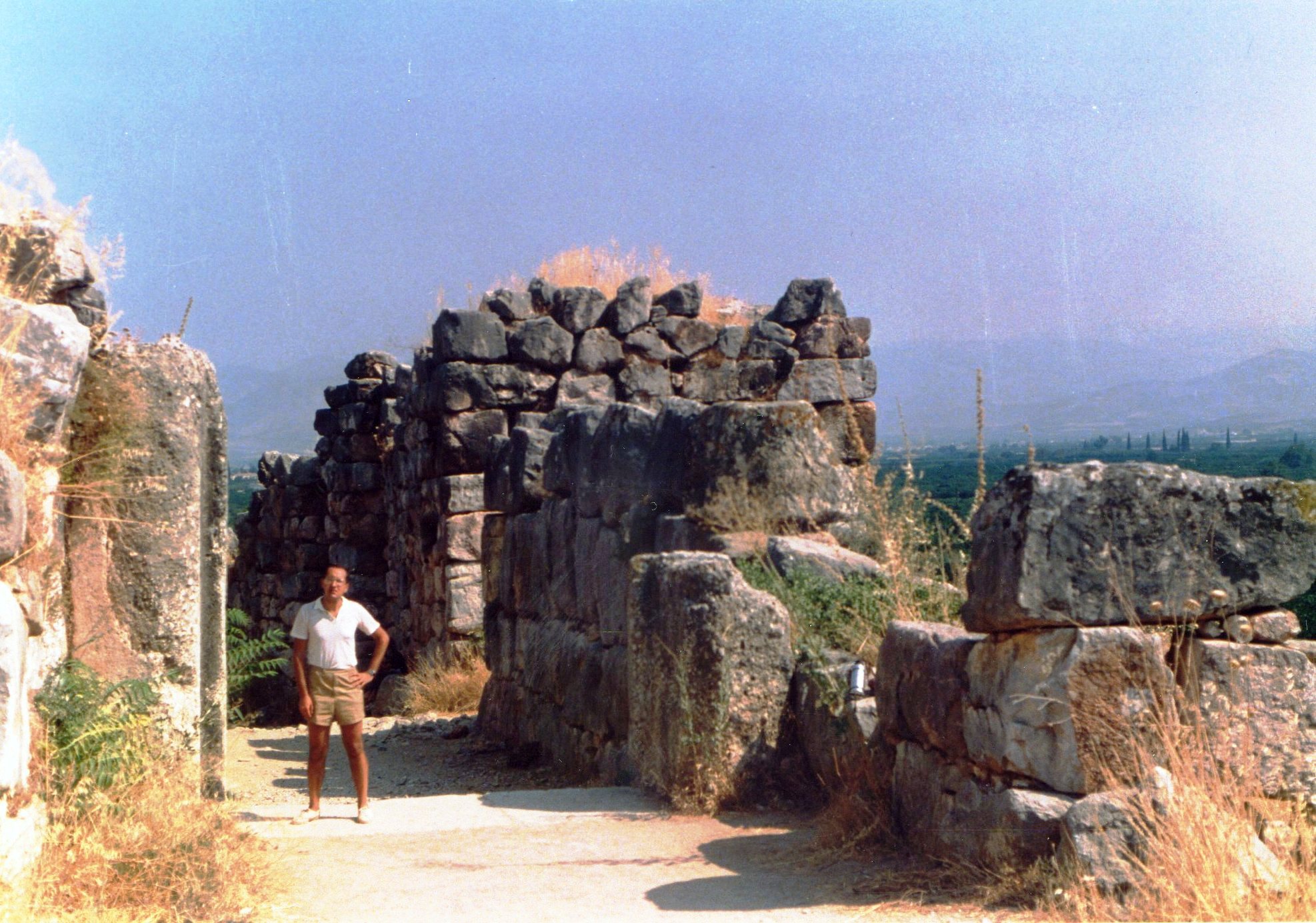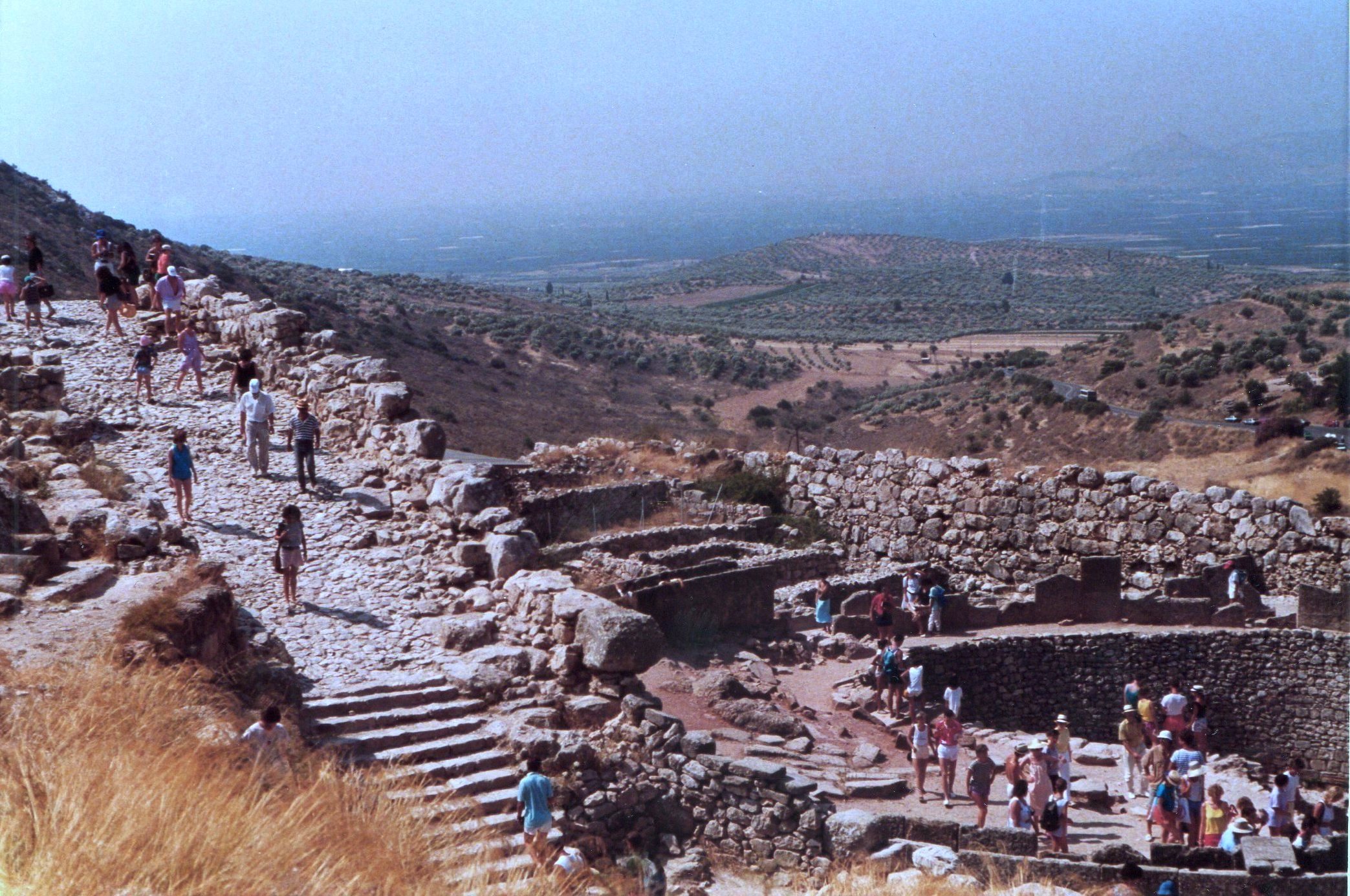|
In the thirteenth century BC some devastating earthquakes struck the towns of Greece
as Thebes, Tiryns, Mycenae , Midea and Pylos.
Recent excavations have shown that the preparation of some tablets in the archive of Thebes was cut short due to building materials suddenly precipitated from the upper floors . This may have created serious unrest within a society, such as the Mycenaean, organized in a pyramid structure headed by a king, a priestly class, a warrior class, a craft and a mass of agricultural and pastoral submissive.
Around 1250 BC a violent fire destroyed major parts of the acropolis of Mycenae. Even at Thebes were found traces of fire near the
Door of Electra. It is not yet clear if these fires are a direct consequence of the earthquake mentioned above or if they were caused by rebellions. The walls of the citadel of Mycenae, however, were strengthened.
Similarly, it worked in Tiryns .
A research of the University of
Toulouse on
pollen grains obtained
from the sediments of the
salt lake of Hala
Sultan Tekke (Cyprus)
revealed the existence of a
terrible drought in the Mediterranean
during the final Bronze Age,
which had as a consequence
the drastic reduction
of the agricultural production.
In 1223 BC (or
in 1212) pharaoh
Merenptah agreed to send
shiploads of grain "to
keep alive
in the land of the Hittites."
Three years later, he was
attacked by the Libyans
and the Sea Peoples.
In addition, the tablets of Ugarit
approximately in 1200
BC confirm the continuation
of the
dramatic famine which
occurred in the Hittite kingdom, which
asks Ugarit
either 2000 bushels of wheat
from Mukish
to Ura.
The
context of geological,
climatic and cultural data
indicate the existence of a
political-economic
collapse in the
Aegean-Anatolian area, circa the second
half of the thirteenth
century.
In
this situation, people
would react with
mass migrations to areas
with more favorable
living conditions (Egypt,
Palestine, Italy?),
risking violent clashes
with indigenous peoples
too.
|
